This article is brought to you by the National Road Heritage Corridor and HeritagePA.
There’s nothing better than a road trip, and if you love history, taking a road trip along the Historic National Road in Pennsylvania is a fantastic choice. While I have traveled portions of this road through southwestern PA in the past, I had the chance recently to explore this roadway in much more detail than before.
What I discovered is a roadway that is steeped in world-changing history and natural beauty. While it might sound cliché to say that the National Road has something for everyone, it does offer experiences that nearly any history or outdoor lover will enjoy.
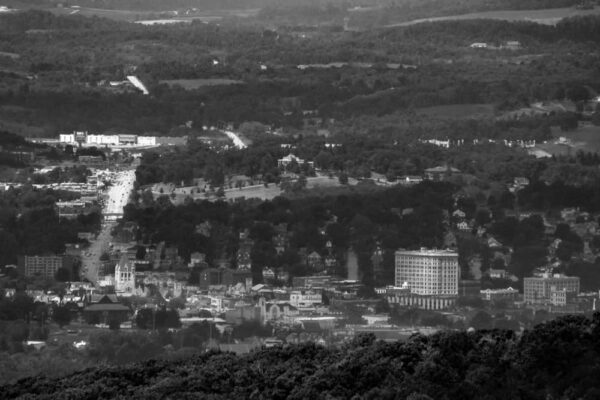
The story of the National Road begins even prior to the arrival of European settlers. In those days, it was a Native American footpath known as Nemacolin’s Trail. As settlers began moving westward, they used this old path to get over the Allegheny Mountains, making it one of the most important paths for those moving west.
George Washington, then a colonel in the British army, expanded this road during his 1754 attempt to reach the French-held Fort Duquesne at present-day Pittsburgh with a detachment of soldiers. The next year, British General Edward Braddock returned along the path and extended it to the shores of the Monongahela River. Known as Braddock’s Road, some of this path would be used to form the National Road’s path through Pennsylvania.
Years later, in an attempt to make westward expansion easier and connect the country, President Thomas Jefferson authorized the creation of the National Road on March 29, 1806. This road would eventually stretch 620 miles from Cumberland, Maryland, to Vandalia, Illinois, and take 26 years to build.
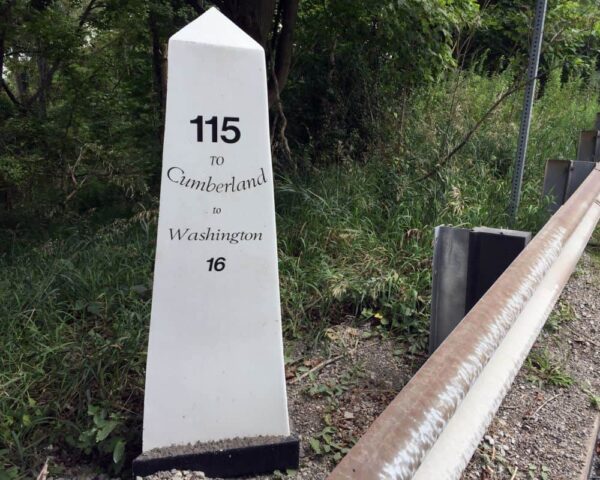
Known as the Eastern Legacy, the first portion completed connected Cumberland to Wheeling, West Virginia. This connected the Potomac River to the Ohio River, allowing both travelers and goods to connect to points both east and west. At its peak, over 200,000 people a year used the country’s first federally-funded highway.
Built between 1811 and 1819, 90 miles of this section passed through the southwestern corner of Pennsylvania. The road entered the state in present-day Somerset County near Addison and passed through Fayette and Washington Counties before entering West Virginia.
Today, visitors traveling this historic road can explore the area’s history, great natural beauty, and small towns. In fact, there are few areas of the state that offer as much to do in such a rural area. Here are a few of my favorite things to do while traveling the National Road in southwestern Pennsylvania.
The Fantastic Museums
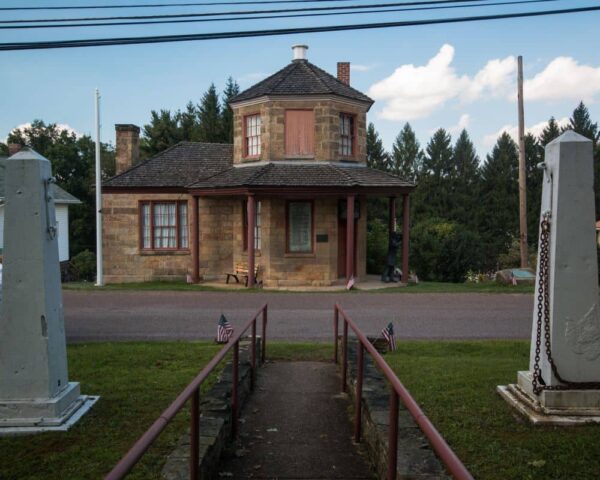
As the home to some of the least-known and most-important events in U.S. political history, the National Road features some amazing museums and historic sites that are worth the trip.
The best place to learn about the history of the National Road, as well as one of the nation’s most defining events, is at the Fort Necessity National Battlefield, the only National Park Service site that covers the French and Indian War.
Fort Necessity National Battlefield preserves the sites where a young George Washington and his troops engaged in the first battle of the French and Indian War in the summer of 1754. The shots fired here would create a war that would extend around the world and lead directly to American independence two decades later.
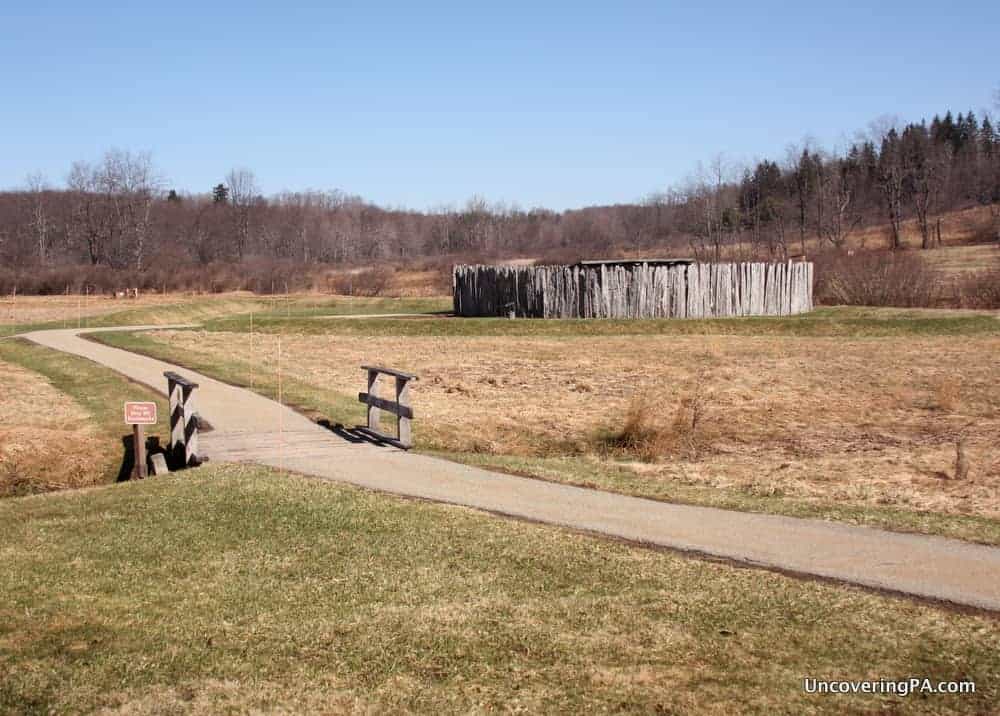
Inside the battlefield’s museum, visitors can not only learn about the battle fought here, but also about the history of the National Road. This very well done portion of the museum highlights the story of the road, how it was built, and its importance in American history.
I found it fascinating to not only think about how the events at Fort Necessity shaped the history of America, but also to discover that George Washington was responsible for beginning the process of turning this Native American path into a viable route for westward expansion.
Several decades later, Nemacolin’s Path would again be traveled by men under Washington’s command as they traveled to quell the Whiskey Rebellion in 1794.
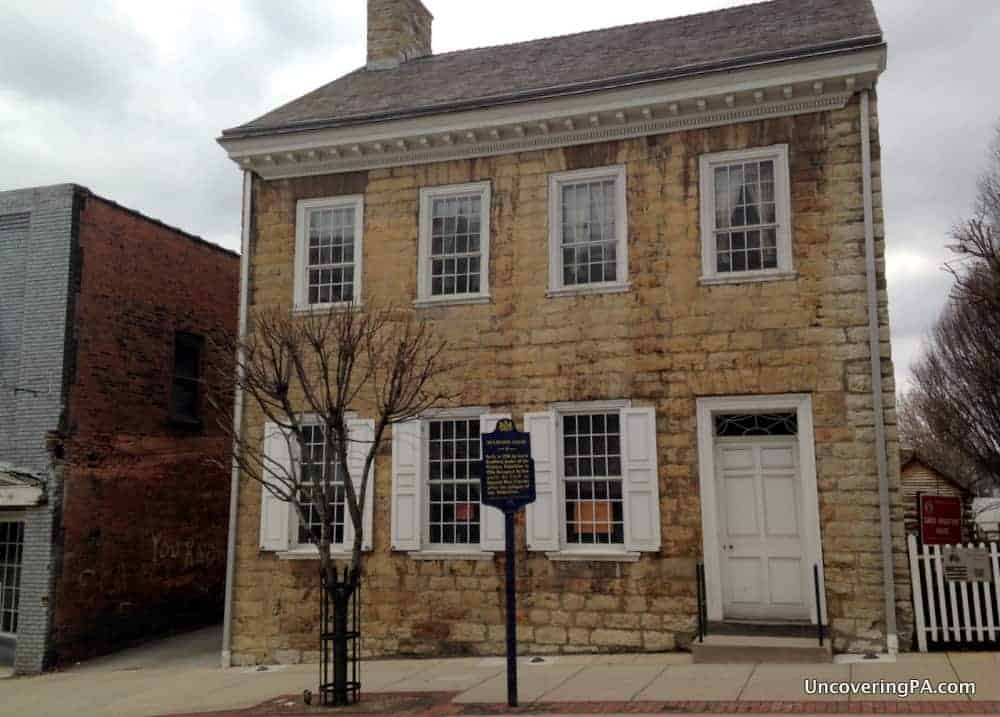
The Bradford House in Washington, Pennsylvania, does an excellent job covering this little-known piece of American history, as well as showcasing what life was like on the Pennsylvania frontier in the years after the Revolutionary War.
I also had a chance to tour several other spots that showcased what life was like along the National Road. The Addison Toll House and the Searight Toll House, the only remaining toll houses of six that that once stood in Pennsylvania, tell the story of the National Road’s transition to a state-run toll road.
Washington Tavern, another spot of interest located on the grounds of Fort Necessity National Battlefield, offers a fascinating look at what life was like for those working and traveling along the National Road during its heyday.
Touring these three sites gave me a great appreciation of the difficulties faced by those moving west and what life was like for those who worked along the National Road during the 19th century.
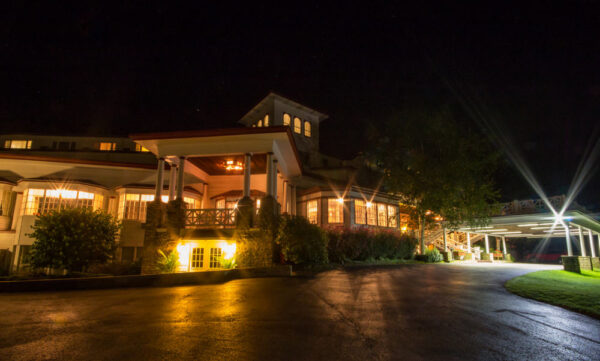
Another great stop, and a great place to spend the night, is the Historic Summit Inn. Located atop Summit Mountain and with a commanding view of the National Road as it winds its way west, this hotel offers a comfortable place to stay in a historic setting. There are few things that I’ve enjoyed more on my trips to this area than watching the sun set from the porch of the Summit Inn.
Of course, if you are looking for somewhere luxurious to stay while traveling the National Road in PA, check out the great Nemacolin Woodlands Resort.
The Beautiful Natural Scenery
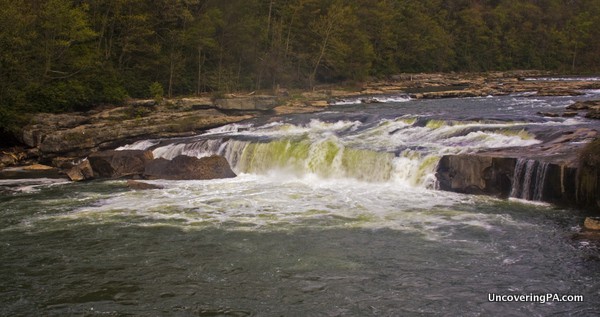
I’ve traveled to every corner of Pennsylvania, and there’s no doubt that the area around the National Road offers some of the state’s most breathtaking natural scenery. What’s great about traveling this roadway is that you don’t have to leave the road to see the amazing scenery, especially when crossing the Youghiogheny River Lake and from the scenic overlook near the Historic Summit Inn.
The star of the region’s scenery is Ohiopyle State Park. Known for its fantastic white water rafting, the park is also home to several incredibly beautiful waterfalls, including Cucumber Falls, which is one of my favorite waterfalls in Pennsylvania. The park is centered around the community of Ohiopyle, one of my favorite small towns in Pennsylvania. Both the community and the park are bisected by the Great Allegheny Passage, a 150-mile rail trail that travels from Cumberland, Maryland, to Pittsburgh, Pennsylvania.
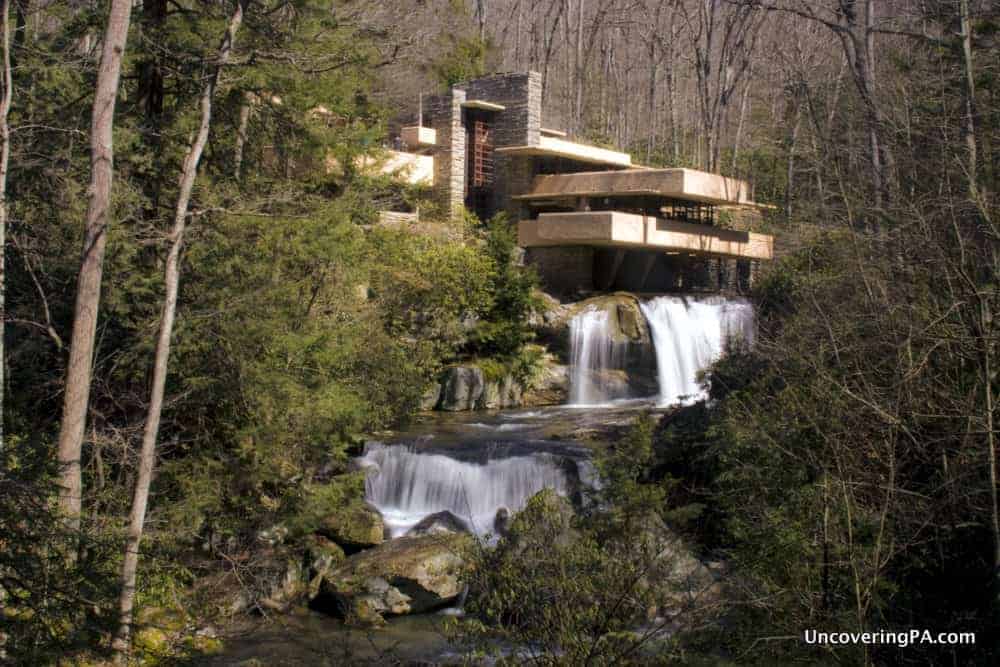
Just outside of Ohiopyle State Park, along Route 381, the Laurel Highlands Scenic Byway, is Fallingwater. Considered the masterwork of architect Frank Lloyd Wright, tours of this home are offered daily with prior reservation. Nearby, Kentuck Knob, another Frank Lloyd Wright designed home, offers a look at his unique Usonian design. In my opinion, a visit to Fallingwater and Kentuck Knob should be on the bucket list of every traveler.
Another of my favorites is Laurel Caverns. This is the largest cavern in Pennsylvania, and I was impressed with the uniqueness of the cave’s interior. In addition to regular cave tours, visitors can also go spelunking and even repelling within the cave. I can’t wait to visit again and try these unique activities.
The Cultural Icons
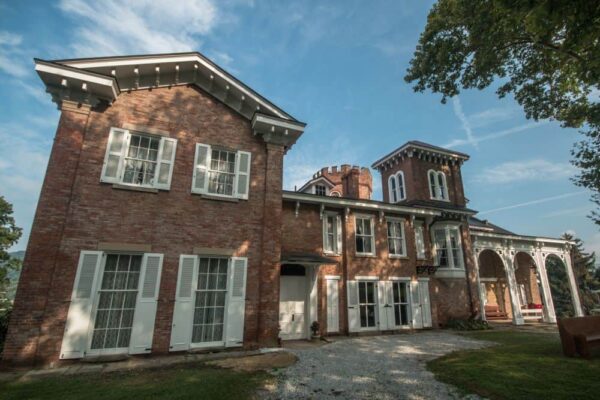
In addition to world-changing history and beautiful scenery, I also found the National Road to be filled with destinations that showcased the cultural impact of the National Road throughout its history.
Before it was even the National Road, settlers were venturing further and further west along the pathway. Nemacolin Castle was built beginning in the 1780s. This home served as a trading post for many years, allowing travelers to get the goods they needed before heading further west. The home was expanded three times during its history, resulting in the stately “castle” that visitors can tour today. While touring the home, I was amazed at the beautiful craftsmanship on display and how the furnishings did an excellent job showcasing how the home changed throughout the years.
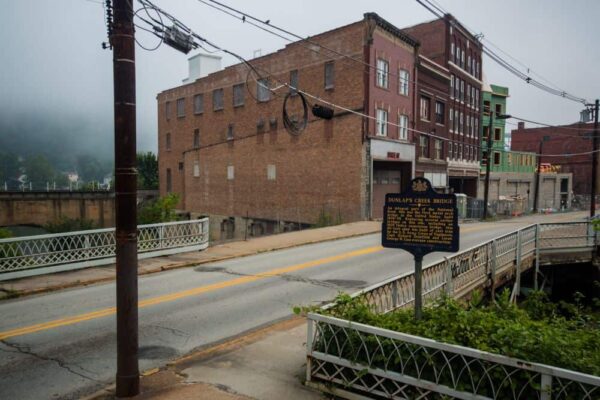
From the hillside on which Nemacolin Castle sits, I was afforded a sweeping look over downtown Brownsville and the Monongahela River. At one point, this river delineated the line between British controlled territory and land controlled by Native Americans and the French.
While the downtown area of Brownsville is currently undergoing a much-needed revitalization, it was clear to me when I was walking along the streets that it was once a very prosperous place. In fact, it was once said that, “Pittsburgh might amount to something if it wasn’t so close to Brownsville.”
Further west, the LeMoyne House in Washington, PA, offers a look at another cultural revolution: the Underground Railroad. During the mid-19th century, Dr. John LeMoyne headed up the Underground Railroad in southwestern Pennsylvania, and is said to have taken injured runaway slaves into his home for medical treatment.
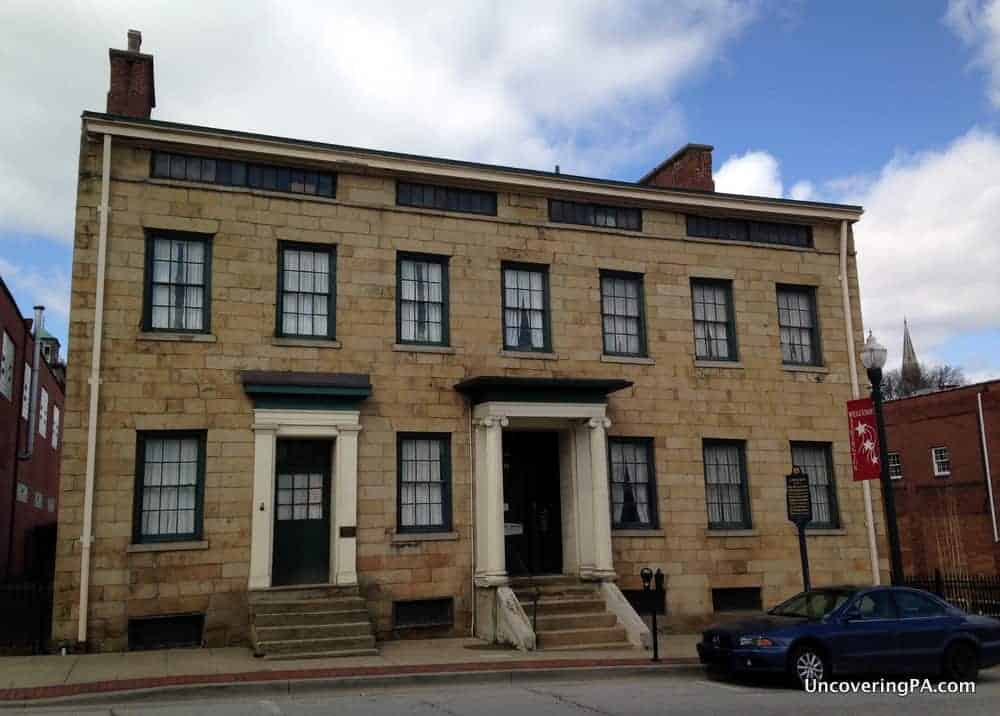
I always enjoy learning about the bravery of the men and women that helped runaway slaves escape to freedom, and my visit to the LeMoyne House was no different. As the home of the Washington County Historical Society, the house features many fascinating displays that allowed me to get a great look into the history of Washington County, PA.
The cultural impacts of the National Road continue into the 20th century. The Christian Klay Winery and Ridge Runner Distillery sit opposite each other in Farmington, Pennsylvania. The Christian Klay Winery was the region’s first winery, having opened for business in 1997. Don’t leave without trying their fantastic Lavender Mist wine.
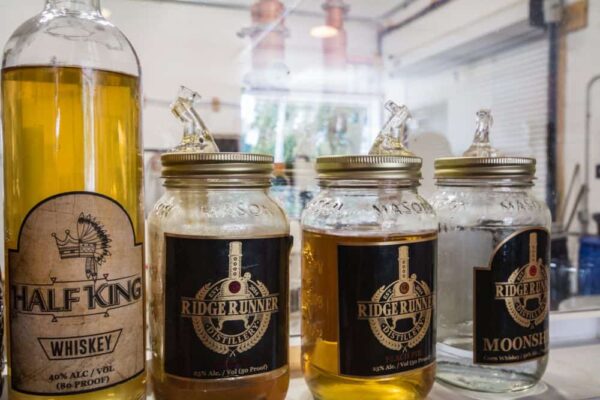
In recent years, Ridge Runner Distillery was opened as one of the first post-Prohibition distilleries in Pennsylvania. Today, they offer seven different types of liquors. I definitely recommend the whiskey, which is not only delicious, but also a great tie-in to the history of the National Road and of course the Whiskey Rebellion!
Without a doubt, traveling the National Road is one of Pennsylvania’s great road trips. While I’ve traveled portions of the roadway before, the chance to really dig in and explore it was an experience that I was glad to have and something I’d recommend for anyone wanting to uncover the overlooked history and jaw-dropping natural beauty of Pennsylvania.
Itinerary for the National Road
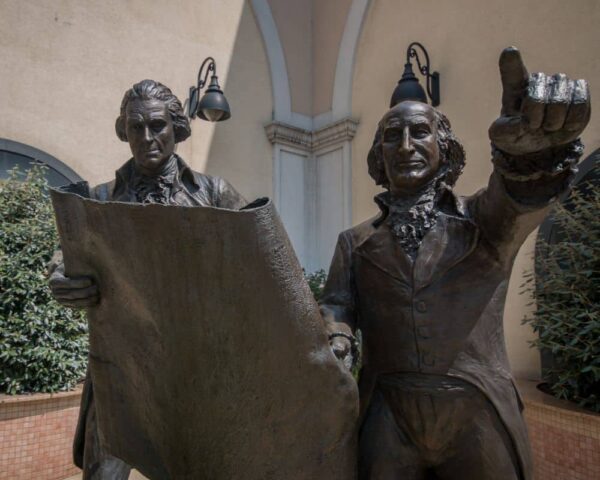
While the National Road in Pennsylvania only covers 90 miles, there is more than enough to keep you occupied for many days. However, with two or three days, you can see the main highlights of America’s first federally-funded road.
Start in Addison with a tour of the toll house. If you are looking for somewhere to stay before starting your trip on the National Road, Addison’s Hartzell House is a great choice with comfortable accommodations and delicious breakfasts.
Continue west, stopping at Fort Necessity National Battlefield, Christian Klay Winery, and Ridge Runner Distillery. Take a short jaunt off of the road to visit Jumonville Glen, site of the first shots of a skirmish that led to the French and Indian War. Continue through the communities of Hopwood and Uniontown, taking in their beauty, before doubling back for a night’s stay at the Historic Summit Inn.
If you have some extra time, spend your middle days exploring the beautiful Ohiopyle State Park, Frank Lloyd Wright’s homes, and Laurel Caverns. While you can’t see all of these amazing sites in only two days, you won’t want to miss the chance to explore some of these amazing places that are conveniently located near the National Road.
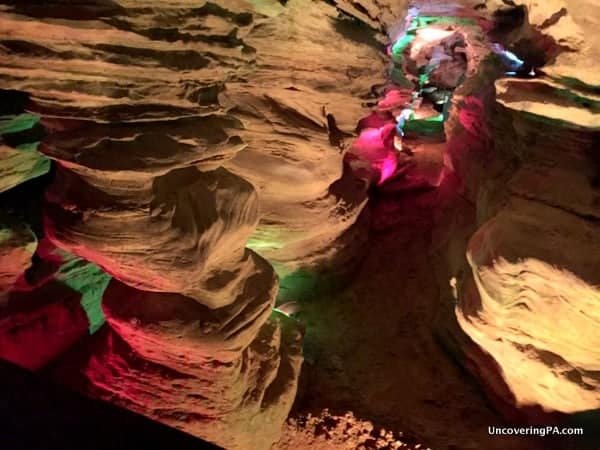
For the final day of your trip, continue heading west along the National Road. Since you’ve already seen Hopwood and Uniontown, sit back and enjoy your ride through them again. After a quick stop at Searight Toll House, continue to Brownsville and take a tour of Nemacolin Castle. Explore Brownsville’s historic downtown and ride over the Dunlap Creek Bridge, the first cast iron, metal arch bridge in the United States, before crossing the Monongahela River.
Continue to Washington, Pennsylvania, where you can tour both the LeMoyne House and the Bradford House. From there, it’s a short drive west through the communities of Claysville and West Alexander to the end of Pennsylvania’s portion of the National Road.
For more information on Pennsylvania’s National Road Heritage Corridor, visit NationalRoadPA.org.
This article is brought to you by the National Road Heritage Corridor and HeritagePA.

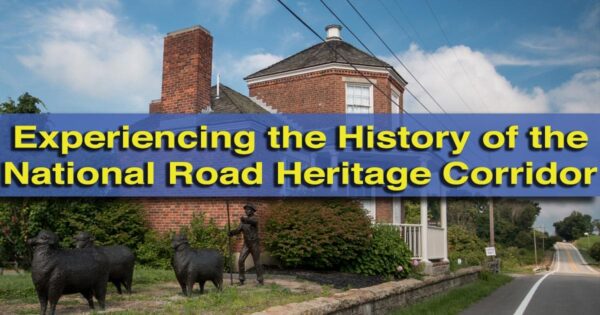
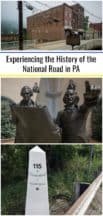
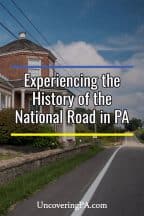
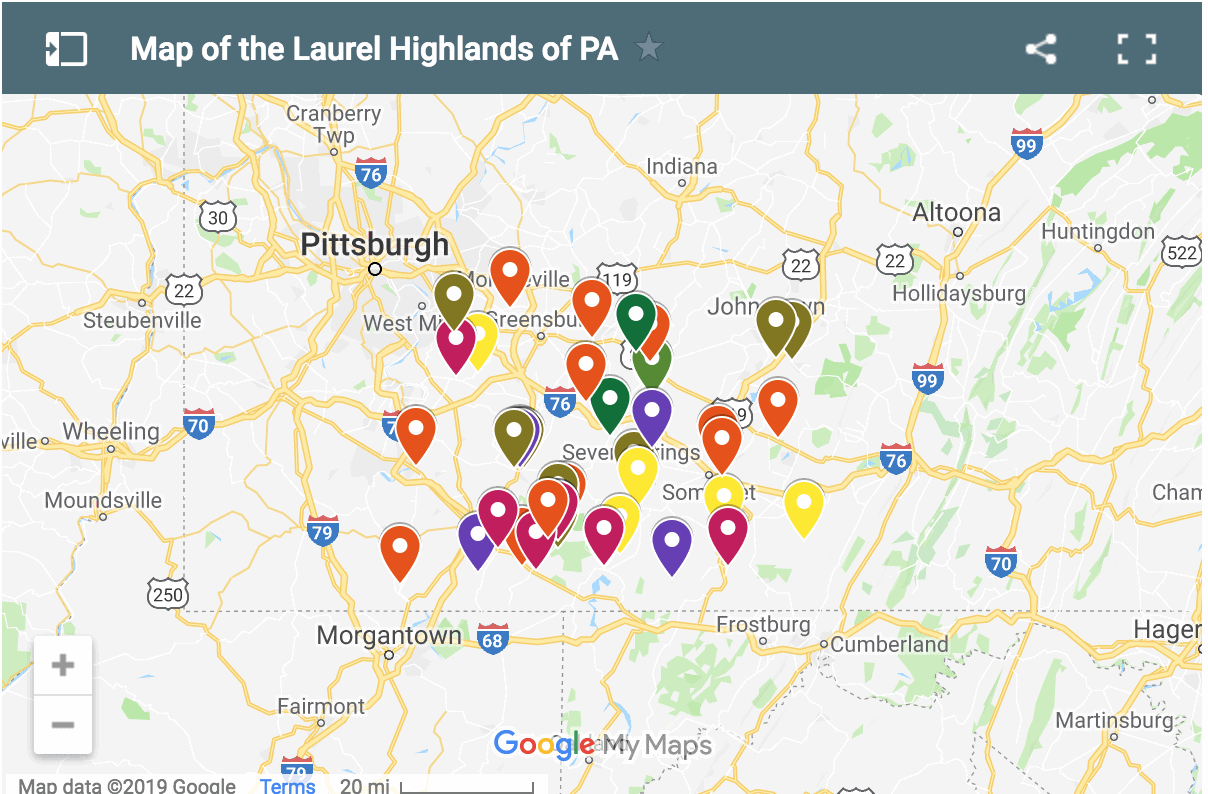 "
"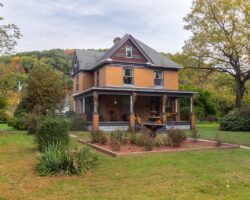
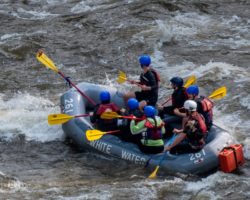

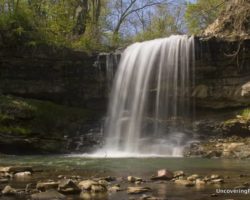

My maternal grandparents, Charles & Myrtle Slaubaugh, lived in the Addison, Pa. toll house after it was no longer used to collect tolls. They are buried in the Addison cemetery. Charles Ira Slaubaugh was born in 1898 near Mt. Davis and had a 2 horse team to haul logs out of the woods. Later they moved to Trafford, Pa. and he went to work for Linde Air near McKeesport, Pa. Upon retirement they moved back to the Laurel Highlands and made their summer log cabin home their permanent abode on Mill Run, about 3 miles from Addison just across the Pa./Maryland state line.
That’s really neat. I enjoyed touring the toll house. Must have made an interesting home to live in.
We just visited Ohio Pyle last weekend. The GAP rail trail is #2 in my experience with rail trails so far, and I’ve been on several in this area, especially near this state park. The town is very charming and there’s plenty of trails to hike. I really enjoyed Cucumber Falls as well. Can’t figure out how they came by the name though.
I thought that Washington used the Forbes Road, not the National Road, to send troops to quell the Whiskey Rebellion.